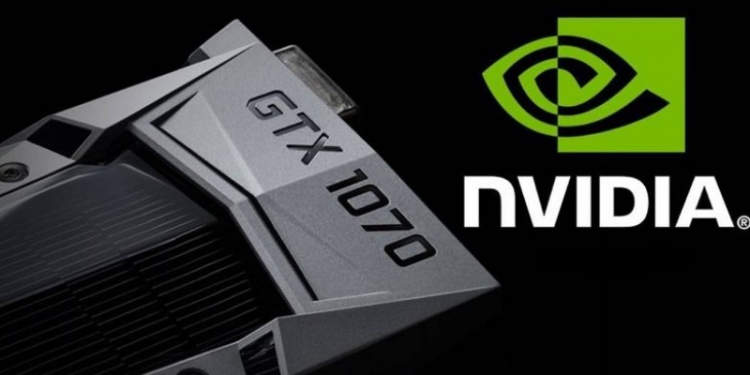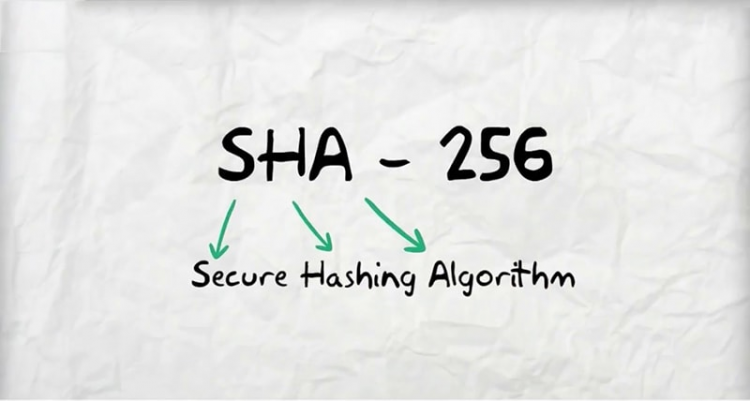Advertisement
What is GPU Mining?
GPU mining involves using the graphics processing unit of a gaming computer to solve complex problems to verify electronic transactions on the blockchain.
Typically, in order to mine cryptocurrencies, digital currencies must be built on a Blockchain architecture that supports Proof-of-work (PoW) mining. Cryptocurrencies such as Bitcoin (BTC), Ethereum (ETH), Monero (XMR), Litecoin (LTC) and Dogecoin (DOGE) are examples of currencies that can be mined.

While there are many different types of graphics cards on the market, the cards used to mine cryptocurrencies are those specifically designed for gaming, not for video rendering. Shares of GPU companies such as NVIDIA and AMD have soared as miners look to make cryptocurrencies using their computing power. Nvidia GeForce GTX 1070 is one of the most popular mining rigs, considering both its power use.
It was previously possible to mine Bitcoin and other cryptocurrencies at home using your laptop, but that’s no longer an option for most cryptocurrencies due to the growing interest in mining, along with bitcoin rewards halving. Most mining operations, including the use of graphics cards and dedicated mining rigs, are now conducted in sharing groups, where participants combine their computing power into a large group to produce faster results. Rewards are given to miners after a currency block has been mined.
All participants in a sharing group receive a portion of the profit based on the computing ability they have contributed.
How does GPU Mining work?

GPU mining became a hot topic in 2017 after Bitcoin hit $20,000. Since then, investors from all over the world have been looking for the best GPUs to increase their chances of getting a value reward.
The complex mathematical functions that are usually solved by computers are usually SHA-256 hash. This is one of the complex algorithms and is widely applied in the Bitcoin cryptocurrency system.
SHA-256 hash
The encrypted issues in SHA-256 solved by the computer are details of the electronic payments and the algorithms needed to protect the Blockchain network from attackers who want to “double-spend”.
When the computing problem is solved by mining cards, the product is a 64-character output called a hash. On the Bitcoin network, miners have to find a hash starting with about seventeen zeroes. To get this number, a computer must try several times.
After the hash is found, the Block will be closed and the miner/miner group is rewarded with newly created Bitcoin and transaction fees. On any blockchain, the Hash rate is the speed at which a miner comes and finds a hash. Hashrate is measured in gigahashs (GH/s).
See also: What is cloud mining? Types of cloud mining models
Kind of GPU Mining algorithms
SHA-256 algorithm

SHA-256, also known as the cryptographic hash algorithm, is a cryptographic function. The SHA-256 algorithm operates a 512-bit notification block and a 256-bit intermediate hash value. Hashrate for sha-256 algorithms is measured in gigahashes (GH/s).
The product of mining the SHA-256 algorithm is a 32-byte (256-bit) signature for text strings. Block time varies between 6 and 10 minutes. Bitcoin (BTC), Bitcoin Cash (BCH), Terracoin (TRC), and Peercoin (PPC) are based on the SHA-256 algorithm.
Scrypt algorithm
Scrypt hash is used by Litecoin (LTC) as an alternative to the SHA-256 algorithm. Scrypt algorithm solving is much faster than SHA-256 algorithm. The hash rate of the Scrypt algorithm is measured in kilohashes (KH/s).
Scrypt runs on key password-based functions, created for the online backup service Tarsnap by Colin Percival. This algorithm generates many fake numbers to store in RAM locations, which makes large-scale hardware attacks almost impossible to carry out on the network.
Scrypt was first deployed in cryptocurrencies by an anonymous programmer named ArtForz in Tenebrix, followed by Fairbrix and Litecoin.
The block creation time of the Scrypt function is 2.5 minutes for many cryptocurrencies. Therefore, they can be done on the GPU of the computer. Dogecoin (DOGE), Latium (LAT), and Bitmark (BTM) are some of the other cryptocurrencies based on the Scrypt algorithm.
X11 algorithm
This is the most energy-efficient mining algorithm for GPUs. With the X11 algorithm, gpus can run at less than 30% capacity. The PoW Blockchain deploys this algorithm running on a series of eleven hash algorithms.
The algorithm was implemented in the Darkcoin protocol (later renamed Dash) in 2014, specifically implemented by Evan Duffield to combat ASIC mining.
The hashrate of the X11 Algorithm is measured in megahashes (MH/s). Some cryptocurrencies that use the X11 algorithm are Dash (DASH), StartCoin (START), CannabisCoin (CANN) and XCurrency (XC).
Ethash Algorithm
Ethereum (ETH) is a cryptocurrency that uses the Ethash algorithm. DaggerHashimoto is the first version name of the Ethash algorithm, designed by Vitalik Buterin and the Ethereum team to fight ASIC.
DaggerHashimoto is a combination of two other algorithms. The first, the Dagger algorithm, was built as an alternative to algorithms that use as much memory as Scrypt. However, Daggers are susceptible to pressure to speed up general memory hardware. The Hashimoto algorithm is designed to achieve ASIC resistance by being IO-bound.
Hashrate for the DaggerHashimoto algorithm is measured in megahashes (MH/s). Popular cryptocurrencies based on this algorithm include Ethereum, Ethereum Classic, and Expanse.
See also: What is market cap? Explain crypto market capitalization in 2 minutes
GPU Mining Software
Claymore Miner
The Claymore miner is one of the most efficient Ethash GPU mining tools, but when Ethereum reaches DAG epoch 384, it no longer works, as it does not support epoch 385. The DaggerHashimoto algorithm increases the DAG file every 30,000 blocks, forming an epoch – this increase increases the GPU memory requirements needed to mine.
Claymore software is built with a dual Ethereum mining tool to mine cryptocurrencies with a similar algorithm without affecting hash rate.
Claymore is constantly rolling out new and well-optimized updates. Claymore’s Dual Ethereum v15.0 is available for GPU mining tools based on AMD and NVIDIA. Although specifically designed for Ethash, Claymore works brilliantly with other similar mining algorithms.
WildRig Multi Miner
WildRig Multi Miner software for GPU mining supports more than 30 different algorithms. WildRig Multi focuses on modern AMD GPUs and is supported on both Linux and Windows systems. The online developer fee is set to 2%.
KawPoW Miner
KawPow is very popular in the mining world because of its support for any type of mining group. The main drawback of this mining software is the lack of compatibility with AMD GPU devices. Kawpow Miner 1.2.3 is the latest version of this versatile mining software since February 2021.
Choosing a cryptocurrency to mine with a GPU is one of the major problems that new miners face. When making a decision, one of the most frequently asked questions is how much one can earn from mining cryptocurrencies using a GPU.
To get started, the project must be built on the PoW Blockchain network before it can be mined using a GPU. In addition, various factors affect the number of rewards a person can generate from the GPU, including block rewards.
Block rewards are the amount of cryptocurrency given to a miner/group of miners completing a Block of cryptographic equations on a Blockchain
For example, when Bitcoin launched in 2009, mining a Block would help you earn 50 BTC. However, in 2012, the Block reward was halved to 25 BTC. By 2016, this number had halved to 12.5 BTC. Finally, in May 2020, the reward again halved to 6.25 BTC.
The best cryptocurrencies to mine are those that offer rewards that can include electricity charges used during mining and the cost of mining equipment/rigs.
















